Situations and Concepts at Salonul de Proiecte is the continuation of a more ample process of historical recovery of Romanian conceptual art and of the traces of the activity of artists associated with the movement. 2016 saw a re-exhibiting of old works by Decebal Scriba, alongside some of his newer material, in the exhibition titled in-side / out-side, at Victoria Art Center, as well as in in-side / out-side II, at Calina Gallery in Timișoara, both curated by Olivia Nițiș, and four day after the opening of the exhibition at Salonul de Proiecte, IDEA press released house pARTy. 1987, 1988, which documents two “alternative artistic actions”, performed and recorded on tape in the Scriba couple’s house, and attended by many relevant artists of the time.
A historical revitalization is necessary for the entirety of the Romanian underground, experimental, not-addressed-to-a-wide-audience, art. A tempting perspective is to understand such manifestations as pure escapism, be it in nature (e.g. land art, with which Romanian artists start experimenting in the ’70s) or in words/objects (some works like Julian Mereuță’s Captured, in which the artist appears naked, in fetal position, and bound by ropes, can only stack up layers of interpretation). The reality is more nuanced, and this transpires from the exhibition, in which the restrictions of the regime are rarely explicitly acknowledged or made visible (though of course one shouldn’t overlook them either). The theoretical basis came straight from the West, where conceptual art, detached from all social discourse, came into being as a theoretical, intellectual effort of dematerializing art, starting from minimalism, and not as a response to the political climate of the time (though connections can be found in the institutional critique that stemmed naturally from the problems raised by conceptual art). And theory was accessible at the time at the Union of Artists’ library, which was subscribed to numerous foreign publications, accessible to anyone interested. The contact with Western discourse came therefore in the most natural manner.
The exhibition presents itself as the outcome of archival research, being comprised of disparate documents (objects, sketches, posters, etc.) on the lives and work of artists Horia Bernea, Pavel Ilie, Julian Mereuță, Paul Neagu, Mihai Olos, and Decebal Scriba, who, though they never formed a group, are bound together by their sporadic collaborations, by the conceptualist principles to which they adhered (each bringing a personal interpretation to an art that is, according to Sol Lewitt, an intuitive, and therefore a universally intelligible one), and by their status as expats.
We don’t get a linear story told through historical sources, but instead the traces of complex series of personal interactions (conceptual, institutional, epistolary, etc.), most of which take place in the ’70s, and which are also linked with an international historical context. There are the exhibitions in London and Edinburgh, as well as the letters of Czech art critic Jindřich Chalupecký, in which he offers Julian Mereuță advice about how to make do as an expat artist, alluding to the unfavorable circumstances in their native countries (a side-by-side display of the Romanian artist’s responses would be interesting). Then there are Decebal Scriba’s happenings, such as “The Gift”, in which the artist paces the streets of Bucharest holding before him in his hands an invisible object, reminiscent of Jiři Kovanda’s actions, but also in his style of documenting them, and of Karel Miler’s works, based on corporal positions and binarity. In the exhibition texts written for Situation and Concept, which took place at Atelier 35 in 1974 and from which the current exhibition takes its name, updating it for the present, Decebal Scriba and Antonio Albici offer personal theoritizations of the concepts with which they work.
Praxis is therefore infused by local color. Pavel Ilie, for instance, is unique in the respect that he puts into practice the aforementioned theories by means of traditional materials (adobe, wicker, wool, wood, etc.). His “Object”, for instance, is formally reminiscent of minimalist works, but is not a singular piece of perfectly shaped and smooth metal or glass, materials which appealed for the minimalists’ aspiration towards geometrical perfection, but instead a small hollow wooden cuboid, placed at foot-level, with two rectangular openings from which one can view its contents: a block of clay. We have an intrusion of the organic into the pure geometric shape, an object that emanates a presence which ties in a more mystical sense (the subject emergent from and dissolving back into nature) to what Robert Morris states about the minimalist sculpture, namely that it must “include the beholder”. His Projects sketches also make use of objects from nature (Pavel Ilie also extensively experimented with land art), sometimes combined with man-made materials. Mihai Olos (present in the exhibition through a reproduction of a work which he enthusiastically gifted Decebal Scriba in the Situation and Concept exhibition) was also guided in his art by a dogma-free spirituality stemming from rural tradition (though this aspect of his work – the one that is present in the space is more linked to minimalism and perhaps op art – doesn’t transpire from the exhibition, it is worth noting). In Paul Neagu we see a desire to go beyond the “metaphorical speculations” of unrealized concepts, towards embodiment and transcendence (from his letter to Decebal Scriba, dated August 3rd 1974), and Horia Bernea in a fragment from his Essay on Space / Iconography after Knowledge, tries to establish a universal language for the knowledge and communication of art, not grounded in formal logic or language, like with Western conceptualism, but in mystical thought. None of the artists limits himself to a single medium and a single style/ concept, and the diversity of the objects displayed underlines their refusal of a singular label.
Traces (a concept explicitly tackled by Scriba in his text for Situation and Concept) are an important theme for the exhibited artists. Overall, the exhibition offers the physical traces of the activity of artists who sought and experimented with the possibilities of a universal artistic language and experience in repressive circumstances. The objects therefore cannot be evaluated only as aesthetic or conceptual objects (many were not conceived as such), but as indexes towards mentalities and styles, as things with a historical function, which unearths, especially given that some of the material is exhibited for the first time, an art in tune with the international context of the time, but with local hues, and which is still remains to be explored.
Situations and Concepts is at Salonul de Proiecte between 22 February – 2 April 2017.
POSTED BY
Rareș Grozea
Rareș Grozea (born 1995) got his B.A. in Art History from the University of Bucharest and is currently studying for a Master's in Berlin....
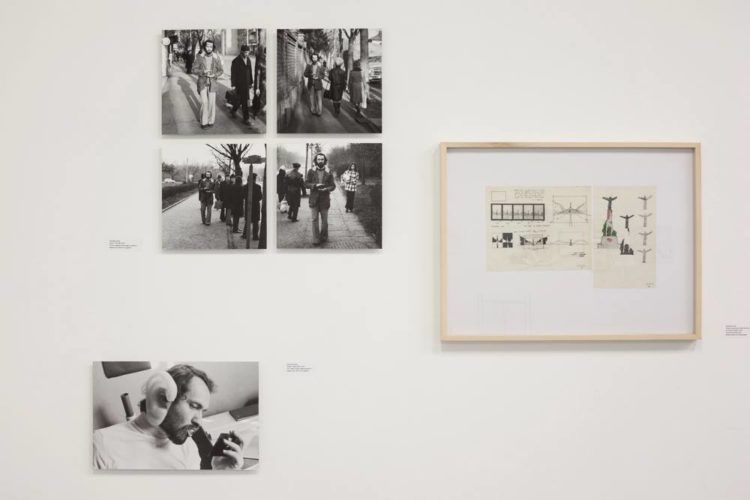
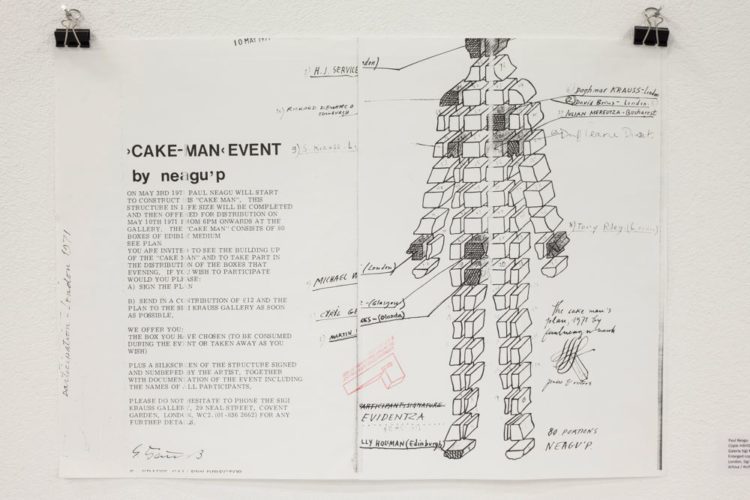

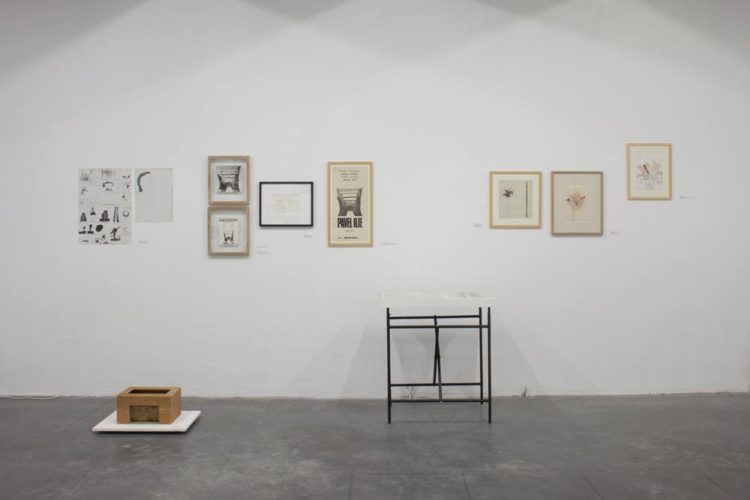
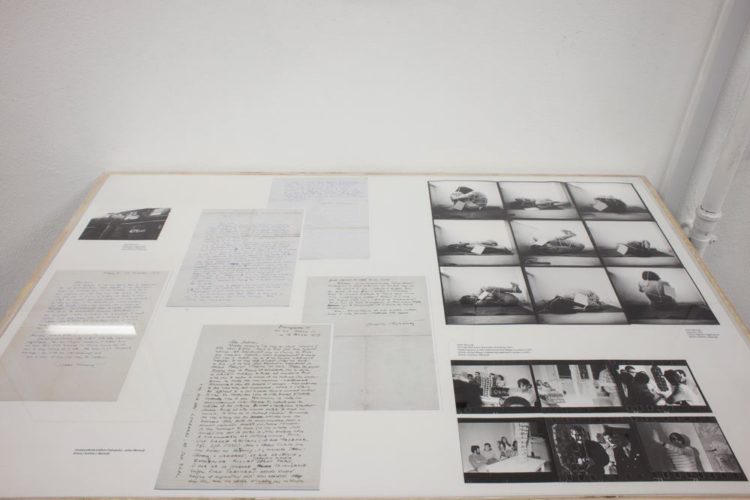
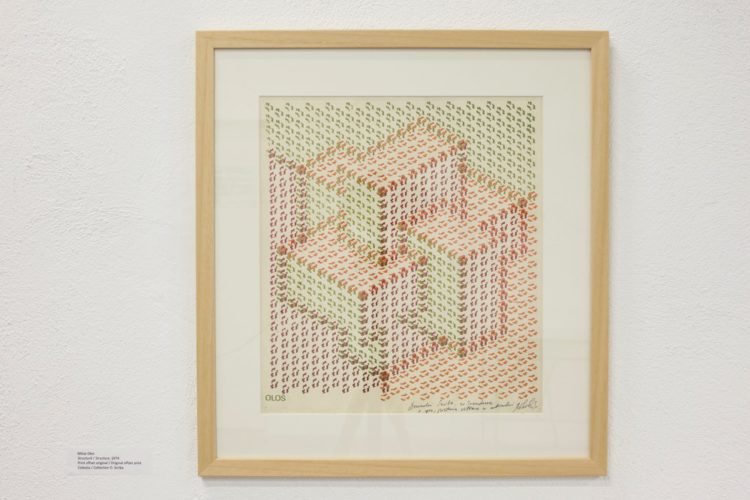
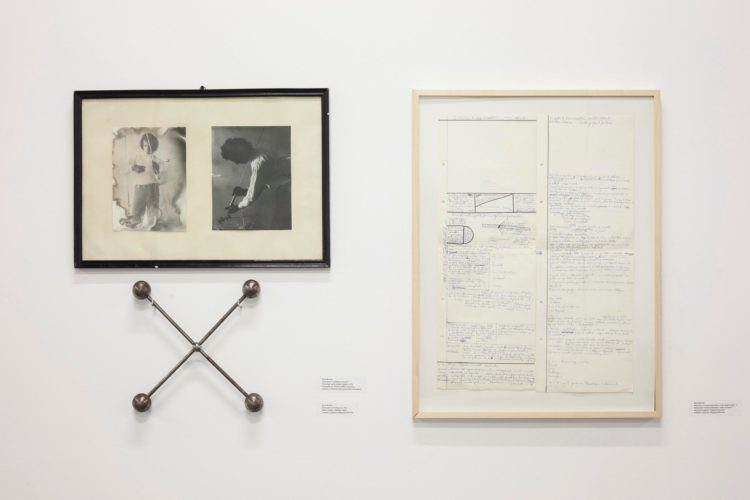


Comments are closed here.